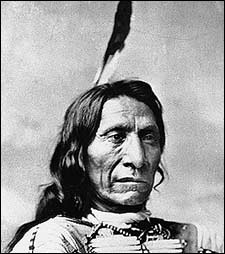Problem behaviorChoi has yet to decipher all the factors that exacerbate multiracial youths’ “bad outcomes,” but racial discrimination is part of the equation. Kids act out in response to ridicule or ostracism. In junior high and high school, “some [racial] groups are very exclusive. Other children will push you out if you’re a racial combination.” In similar surveys in Hawaii, she notes, multiracial youths did not show more problems than their monoracial classmates. “It’s not even an issue there—so many people come from multiple backgrounds.” In the U.S. at large, interracial marriages account for 4 percent of the total; in Hawaii they account for nearly half.
“However, there is some indication that a strong ethnic identity” with at least one race—a sense of racial or cultural pride, belonging, and confidence—“helps protect kids from these behaviors,” Choi says. But youths must strike a sometimes difficult balance. “This research is just emerging, but it is saying that ethnic identity for multiracial children is unique. They need to endorse every part of who they are, and for children of combinations from conflicting groups”—for instance, black and white or, Choi says, Asian and black—“that will be hard.”Comment: The corollary of the claim that a strong ethnic idenity helps is that a weak ethnic identity hurts. What weakens the identity of Indian or part-Indian children? Being ignored, trivialized, or stereotyped in the mainstream culture.





No comments:
Post a Comment